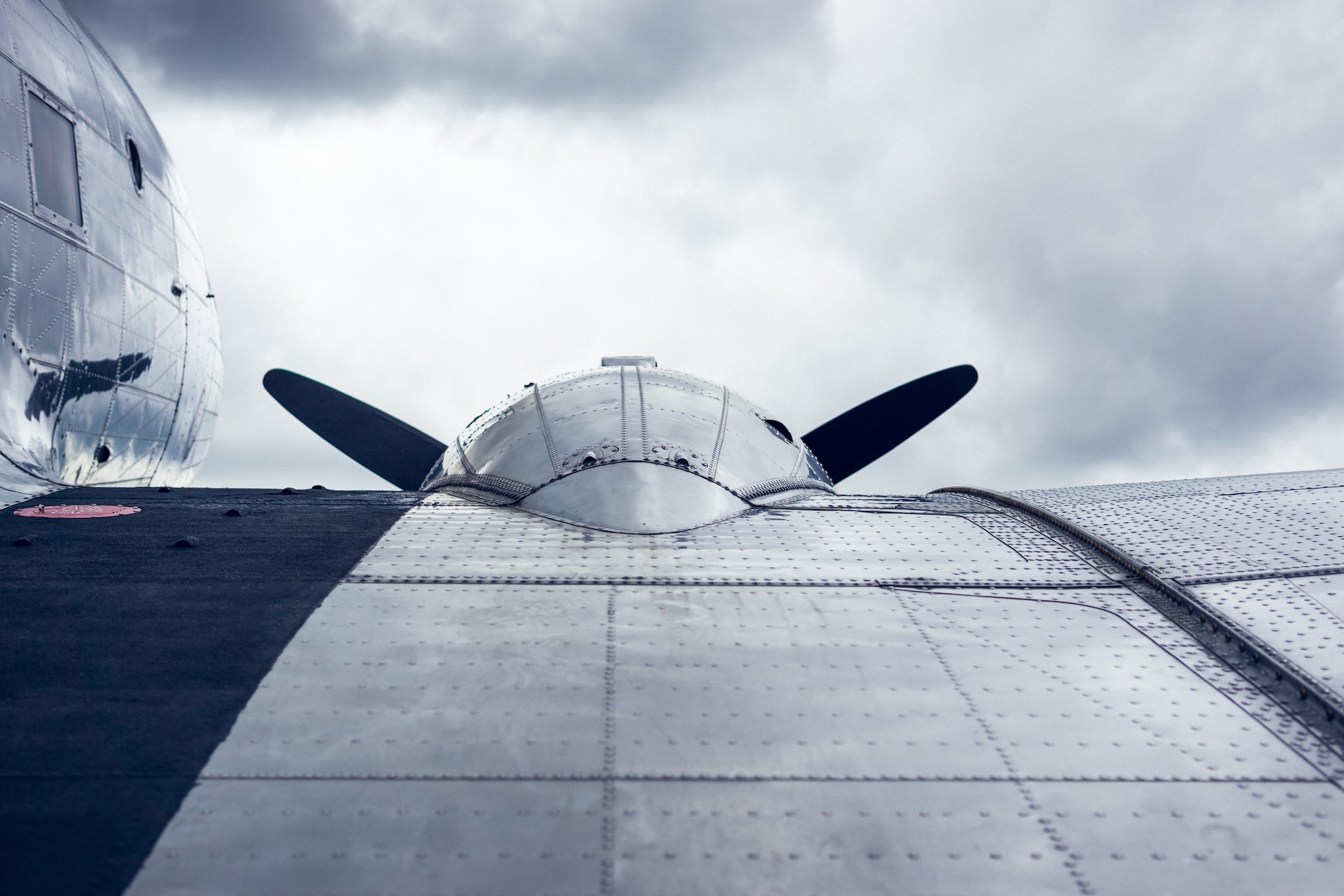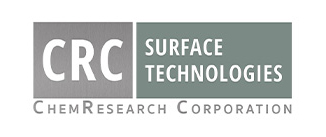
07 Aug What Are the Best Aluminium Alloys for Anodizing?
Anodizing is an electrochemical process that enhances the natural formation of an oxide layer on the surface of a metal substrate. Aluminum alloys are the most common materials to undergo this treatment.
Anodizing boosts the aluminum substrate’s ability to resist corrosion, improving the performance, durability, longevity, and safety of the final product. Anodizing can even improve the aesthetic appearance of aluminum components.
However, not all aluminum alloys are created equal, so it’s important to know which one is right for your application before you begin anodizing a substrate. Below, we explain which aluminum alloys can be anodized, and which types of anodizing will ensure optimal results.
Best Aluminum Alloys for Anodizing
7XXX Series
Zinc is blended with aluminum to create the alloys in this series. 7XXX Series aluminum anodizes extremely well, and is generally a good choice for hardcoat anodizing. Aluminum alloys in this series will typically have a clear oxide layer after anodizing. However, if there is too much zinc in the mixture, the anodic layer can turn brown and compromise the aesthetics of the finish.
6XXX Series
Aluminum alloys in this series contain magnesium and silicon. Anodizing these alloys results in a transparent oxide layer that provides excellent protection. Because they are easy to anodize and have great mechanical properties, 6XXX series alloys are often used in aerospace, automotive, and structural applications. And when it comes to hardcoat anodizing, the 6061 and 6082 alloys are the top choices because they provide the best results.
5XXX Series
Aluminum is alloyed with magnesium in this series. These alloys also produce a reliable, strong, clear oxide layer after anodizing. However, to ensure optimal results, the magnesium must be kept within a specific range that varies depending on the exact alloy used. While alloys in this series can be hardcoat anodized, they are not ideal choices, because wear resistance is usually compromised.
4XXX Series
Silicon is alloyed with aluminum in this series. Anodizing 4XXX series alloys tends to produce a dark gray color and in some cases, black smut. If an aesthetic anodic finish is a high priority, then you want to stay clear of 4XXX alloys. However, despite its appearance, the anodic layer is very strong. These alloys are typically used in welding and architectural applications.
3XXX Series
In this series, manganese is blended with aluminum. Manganese-alloyed aluminum results in durable protection after anodizing. But like alloys in the 4XXX series, the 3XXX is a poor choice for decorative applications. Anodizing alloys in this series results in an unattractive brown finish.
Aluminum Anodizing in Phoenix, Arizona
To get high-quality results from the anodizing process, first you need the right aluminum alloy. But because many other factors can affect the quality of the anodic layer, experience and skill are also crucial.
At CRC Surface Technologies, we pride ourselves on our anodizing expertise and can promise exceptional results. Give us a call at 602-253-4175 to learn more, or send a message to rfq@chemresearchco.com to request a quote.
Images used under creative commons license – commercial use (8/7/2023). Photo by Kilian Karger on Unsplash

